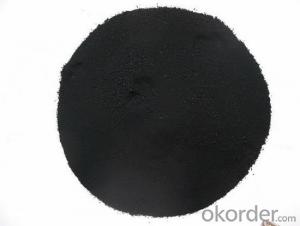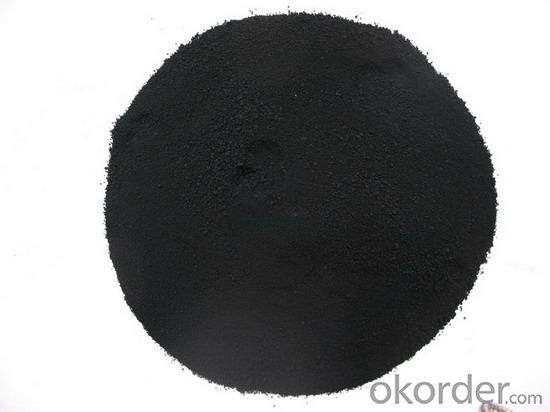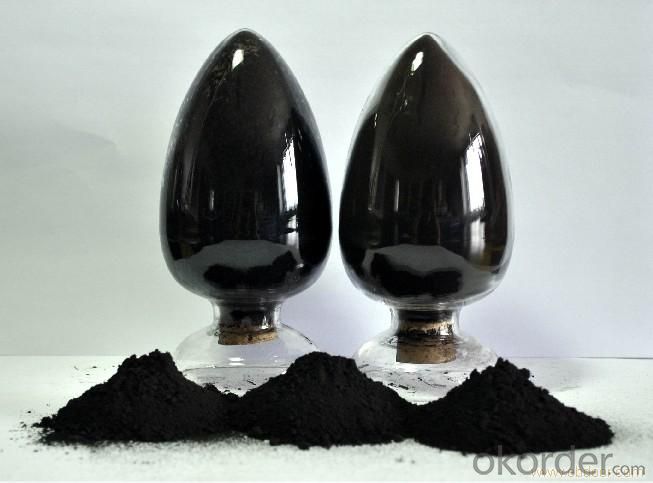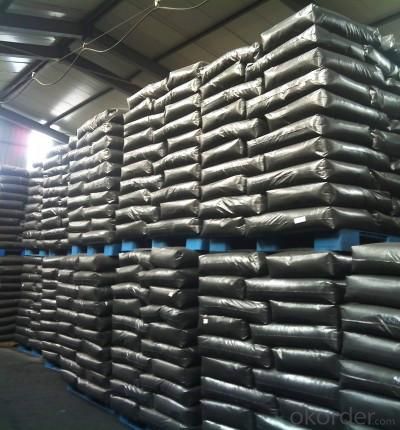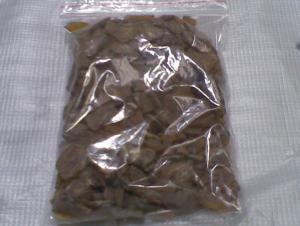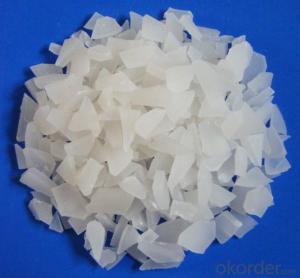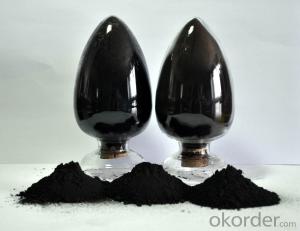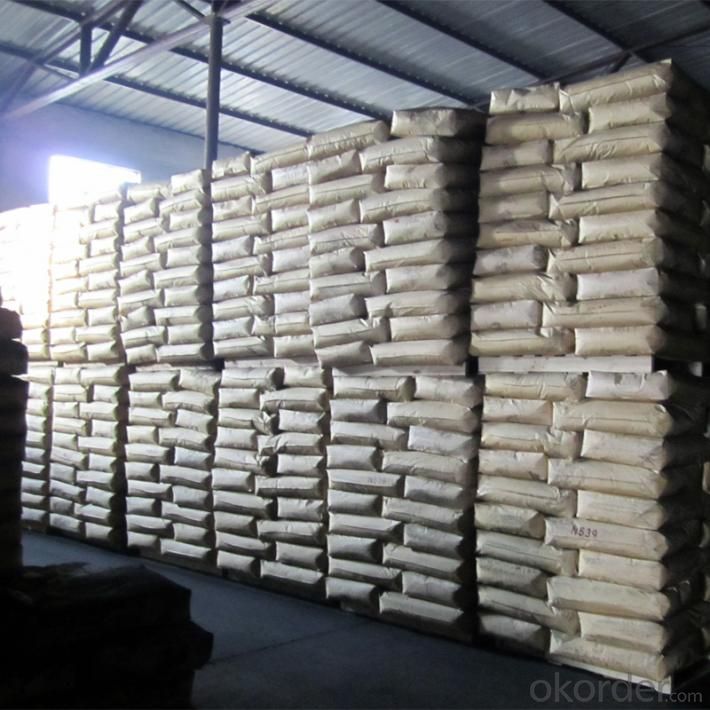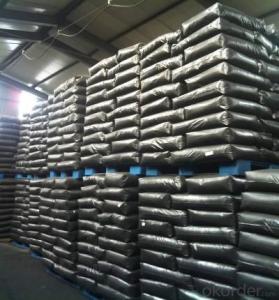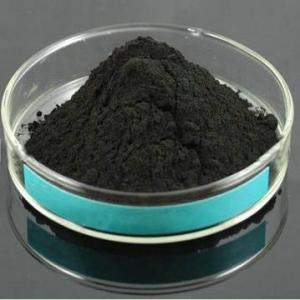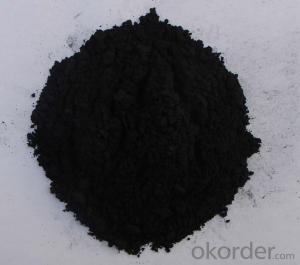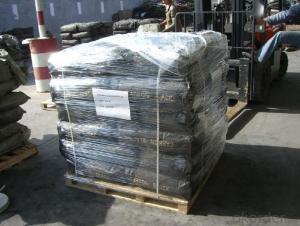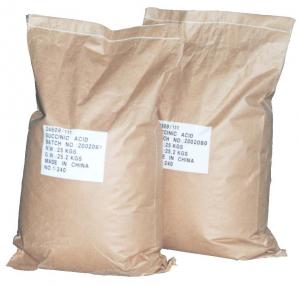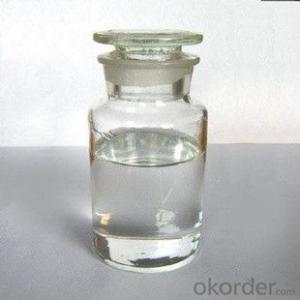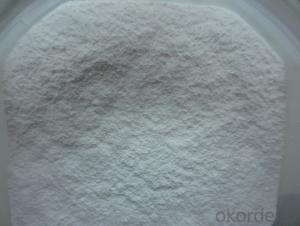Manufacturer of Carbon Black N220/N330/N550/N660 for rubber, tyre
- Loading Port:
- Qingdao
- Payment Terms:
- TT OR LC
- Min Order Qty:
- -
- Supply Capability:
- 20000mts m.t./month
OKorder Service Pledge
OKorder Financial Service
You Might Also Like
Specifications
carbon black N220
1. Factory of carbon black N220
2. 5000MT monthly production
3. SGS, ISO Certification
Manufacturer of carbon black N220/N330/N550/N660
CAS NO. of carbon black N220 : 1333-86-4
H S CODE: 28030000
Appearance: black powder or granules
specification of carbon black N220 :
| Items | N220 | N330 | N550 | N660 |
| Iodine Absorption Number g/kg | 121+/-5 | 82+/-5 | 43+/-4 | 36+/-4 |
| DBP Absorption Number 10-5m3/kg | 114+/-5 | 102+/-5 | 121+/-5 | 90+/-5 |
| DBP Absorption Number of Compressed Sample 10-5m3/kg | 93~107 | 81~95 | 81~95 | 68~82 |
| CTAB Surface Area 103m2/kg | 106~116 | 79~87 | 38~46 | 31~39 |
| Nitrogen Surface Area 103m2/kg | 114~124 | 78~88 | 38~46 | 30~40 |
| Tint Strength | 110~120 | 98~108 | - | - |
| Heating Loss | 3.0 | 2.5 | 2.5 | 1.5 |
| Ash | 0.5 | 0.5 | 0.5 | 0.5 |
| Tensile Strength Map≥ | -0.8 | -0.5 | -3.5 | -3.5 |
| Extension %≥ | +10 | -10 | -10 | +10 |
| Map Modulus at 300% | -2.5+/-1.3 | -1.7+/-1.3 | -1.7+/-1.3 | -3.5+/-1.3 |
carbon black N220 application:
Used as a black dye, it is used in the manufacture of chinese ink, printing ink, paint etc, also used in the rubber reinforcing agent.
in 25kg bags, 16MT loading per 20 feet container for carbon black N220.
- Q: Chemical Reactions Under what circumstances the catalyst accelerates the reaction
- First, more than ninety-nine percent of the catalyst is accelerating the reaction, and if the catalyst kinetics reduces the energy barrier of the reaction, the reaction will naturally accelerate.
- Q: Are biological enzymes harmful to humans?
- Biological enzymes through scientists more than a century of research, usually known as more than 3,000 kinds of enzymes, the current application of biological enzymes in the textile a wide range of technology, fiber modification, silk degumming, raw hemp (ramie, linen, Kenaf) degumming, dyeing and finishing of the desizing, refining, finishing and net cleaning processing, textile printing and dyeing wastewater treatment and garment processing and other aspects of the application. Enzyme technology has a unique advantage in improving dyeing and finishing processes, saving energy, reducing environmental pollution, improving product quality, adding value and developing new raw materials. At present in the textile processing using a wider range of enzyme system
- Q: describe a biological catalyst?
- Biological catalysts work in similar fashion to inorganic catalysts. The lower the activation energy (Delt. G) of the rate limiting step in an SN1 or SN2 reaction. However, they are comprised of biomolecules susceptible to degradation and are quite sensitive to temperature change.
- Q: Why is the catalyst in the chemical balance, the rate of change and balance?
- Plus the catalyst, but only to change the activation energy of the reaction, so that more molecules at the same time to participate in the reaction.
- Q: Please help me
- enzymes are like chemical scissors that break up starch inside your body they work best at 37'c which is body temperatur i think they are in the stomach? don't know for sure hope this helped as for catalysts i dont know
- Q: Does the catalyst slow down the chemical reaction rate? Still can only accelerate
- The role of the catalyst is to change the activation energy to achieve the purpose of changing the reaction rate, there is a rate of response to speed up the rate of slow response
- Q: In the chemical reaction will have to use the catalyst reaction, such as H2O2 === (MnO2) H2O + O2 ↑, then the catalyst in the end to participate in the reaction (that is, the catalyst itself is the reactant) If so, why are some of these substances in the reaction (these substances refer to the catalyst) in the reaction after the quality and nature of the change does not change?
- The definition of a chemical reaction rate in a chemical reaction can be changed (accelerated or slowed down) in a chemical reaction, and the quality and chemical properties of the substance itself are not catalyzed before and after the reaction (which will change during the reaction) Also known as catalyst. Its physical properties may change, for example, MnO2 in the catalytic potassium chlorate to generate potassium chloride and oxygen before and after the reaction from the block into a powder. There is also a saying that the catalyst reacts first with one of the reactants and then the two products continue to undergo a new chemical reaction under the original conditions and the reaction conditions of the catalyst reaction product are more favorable than the reaction conditions of the original reactants Changed.
- Q: Manganese dioxide can be used as a catalyst for various chemical reactions
- MnO2 + 4HCl = heating = MnCl2 + Cl2 + 2HCl
- Q: how do catalysts help in green chemistry?
- Catalysts allow more efficient conversion of products in irreversible reactions, or they allow for the faster attainment of equilibrium in equilibrium reactions, thereby reducing time, raw material waste and emissions. Also, because catalysts are reusable, they can be recycled.
- Q: Does all chemical reactions have a catalyst?
- Not some reaction without catalyst
Send your message to us
Manufacturer of Carbon Black N220/N330/N550/N660 for rubber, tyre
- Loading Port:
- Qingdao
- Payment Terms:
- TT OR LC
- Min Order Qty:
- -
- Supply Capability:
- 20000mts m.t./month
OKorder Service Pledge
OKorder Financial Service
Similar products
Hot products
Hot Searches
Related keywords
